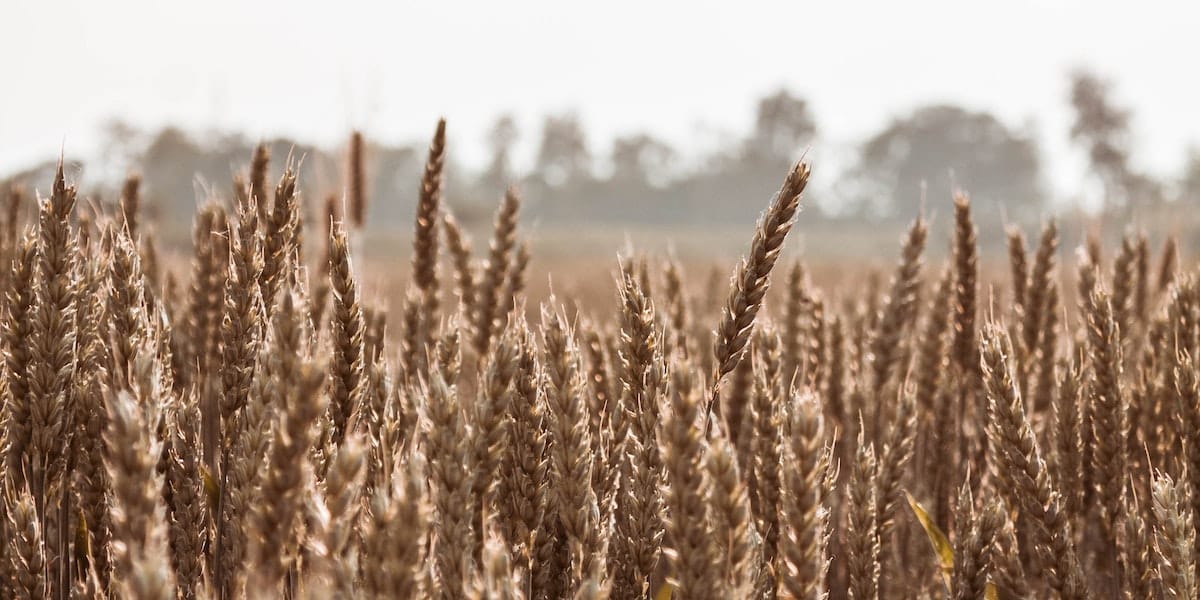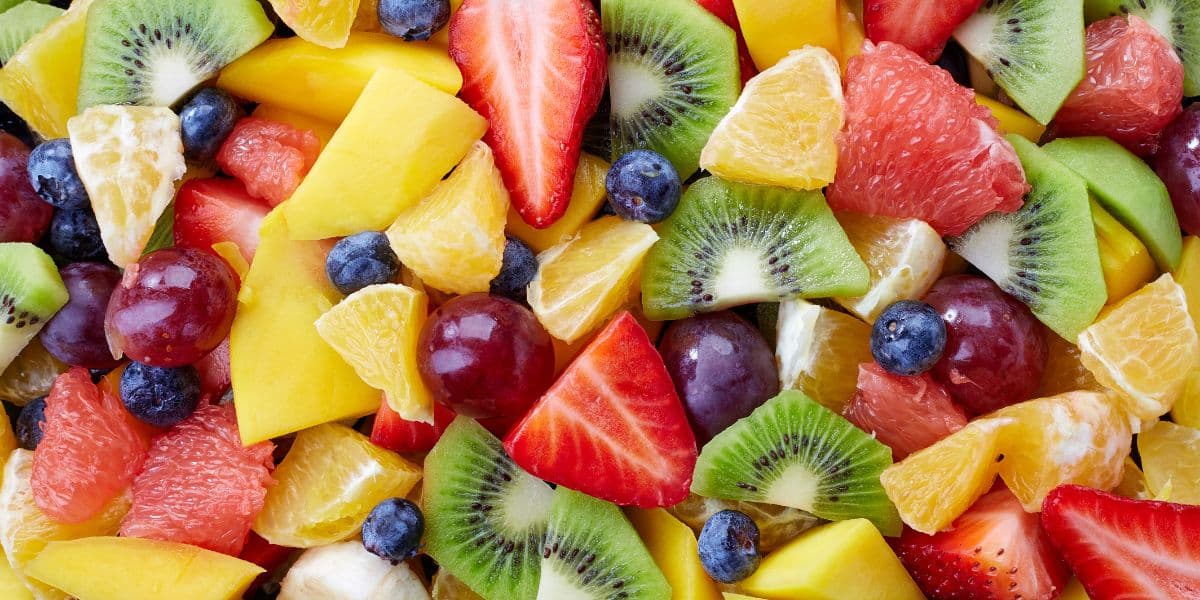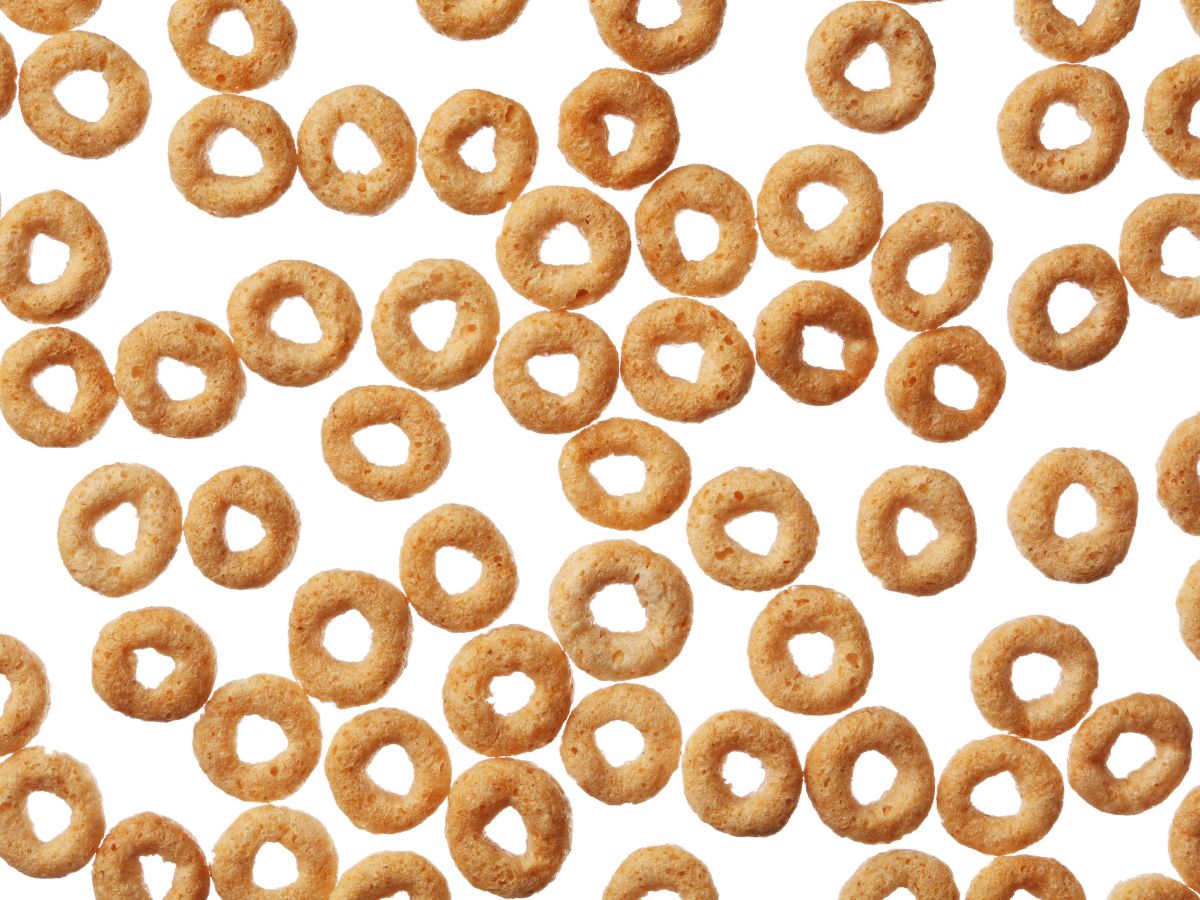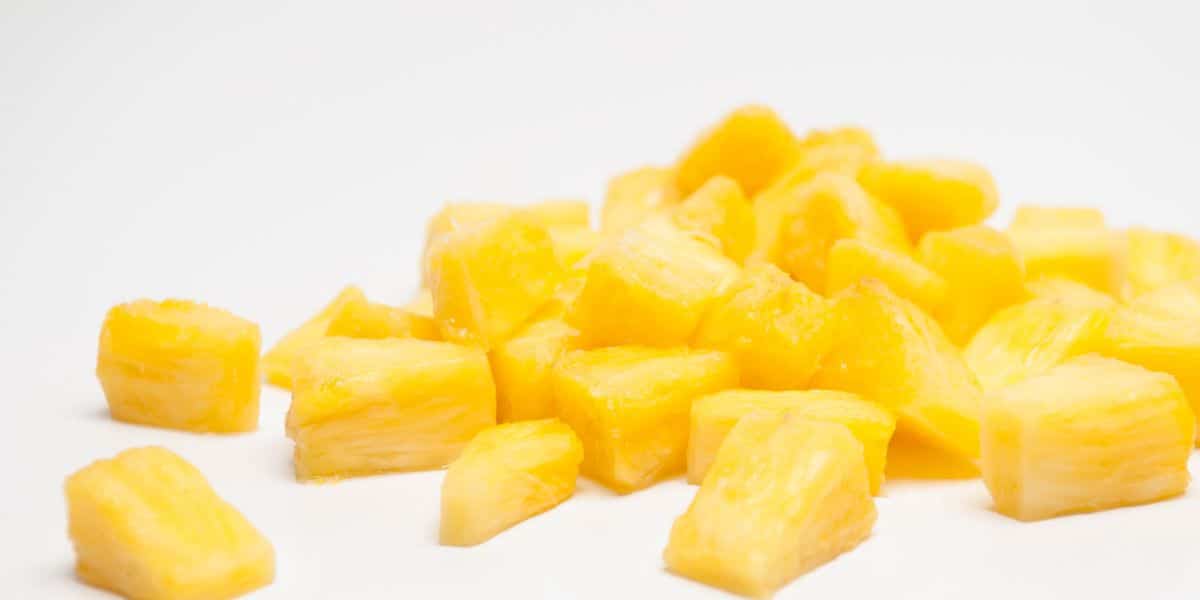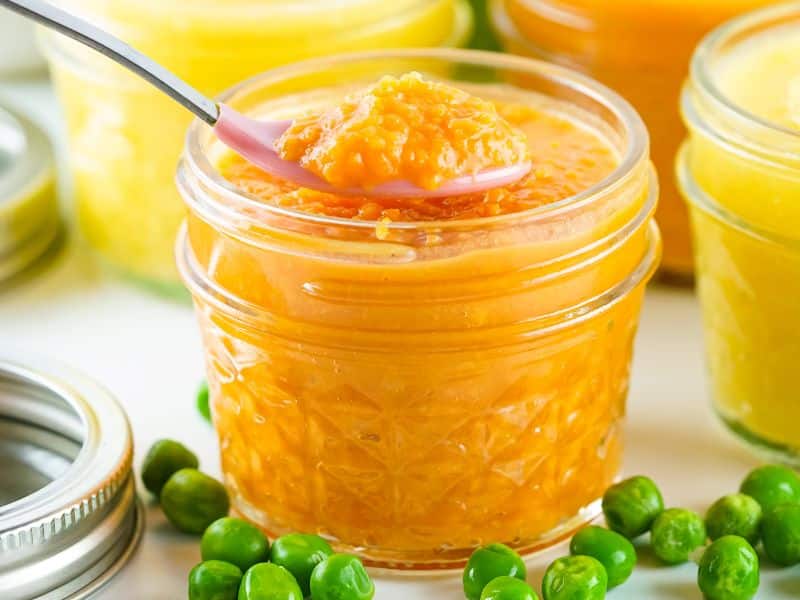Baby-led weaning is a method of introducing solid foods to infants that emphasizes self-feeding and exploration of various tastes and textures.
Unlike traditional weaning approaches where purees and spoon-feeding play a central role, baby-led weaning allows babies to take the lead in their transition to solid foods. In this approach, infants are offered age-appropriate finger foods that they can grasp, explore, and feed themselves.
Introducing solid foods is a significant milestone in a baby’s development, as it marks the beginning of their journey towards a varied and balanced diet.
As an Amazon Associate, I earn from qualifying purchases. The links below may be affiliate links. Please read my disclosure policy for more information.
The Transition to Solid Foods: What is Baby-led Weaning

Unlike traditional weaning, which typically involves spoon-feeding purees to babies, baby-led weaning encourages babies to explore and feed themselves from the very beginning of their solid food journey. It respects the idea that infants are instinctively capable of regulating their food intake and determining their own hunger and satiety cues.
Not only does this method provides vital nutrients but also plays a crucial role in developing their sensory, motor, and oral skills. By allowing infants to explore and experiment with food textures and flavors through baby-led weaning, parents can nurture their independence and foster a healthy relationship with food from the very start.
With the foundations laid in these early stages, babies are more likely to develop a positive attitude towards food, become adventurous eaters, and establish healthy eating habits that can benefit them throughout their lives. In the following sections, we will delve deeper into the concept of baby-led weaning, its benefits, practical tips for success, and strategies to overcome potential challenges.
With baby-led weaning, parents offer appropriate finger foods that are cut into manageable pieces, allowing babies to pick them up, bring them to their mouths, and practice chewing. This approach focuses on the developmental milestone of reaching and grasping, while also promoting self-regulation of appetite, oral motor skills, and independence.
Baby-led weaning differs from traditional weaning methods that involve spoon-feeding purees to infants. In traditional weaning, parents are responsible for feeding their babies, often using purees to introduce them to new flavors and textures gradually. This method emphasizes the sequential progression of introducing different types of foods over time.
In contrast, baby-led weaning places the emphasis on allowing babies to explore food at their own pace and follow their individual developmental cues. Rather than purees, babies are offered whole or mashed foods that they can handle independently.
Baby-led weaning encourages babies to become active participants in their feeding experiences, supporting the development of their motor skills, hand-eye coordination, and self-feeding abilities. By understanding the differences between baby-led weaning and traditional weaning methods, parents can make informed decisions about which approach aligns best with their values, their baby’s developmental stage, and their overall feeding goals.
In the following sections, we will explore the benefits of baby-led weaning for both infants and parents, as well as provide guidance on how to get started with this approach and address common concerns that may arise.
Age-appropriate Signs for Starting Baby-led Weaning
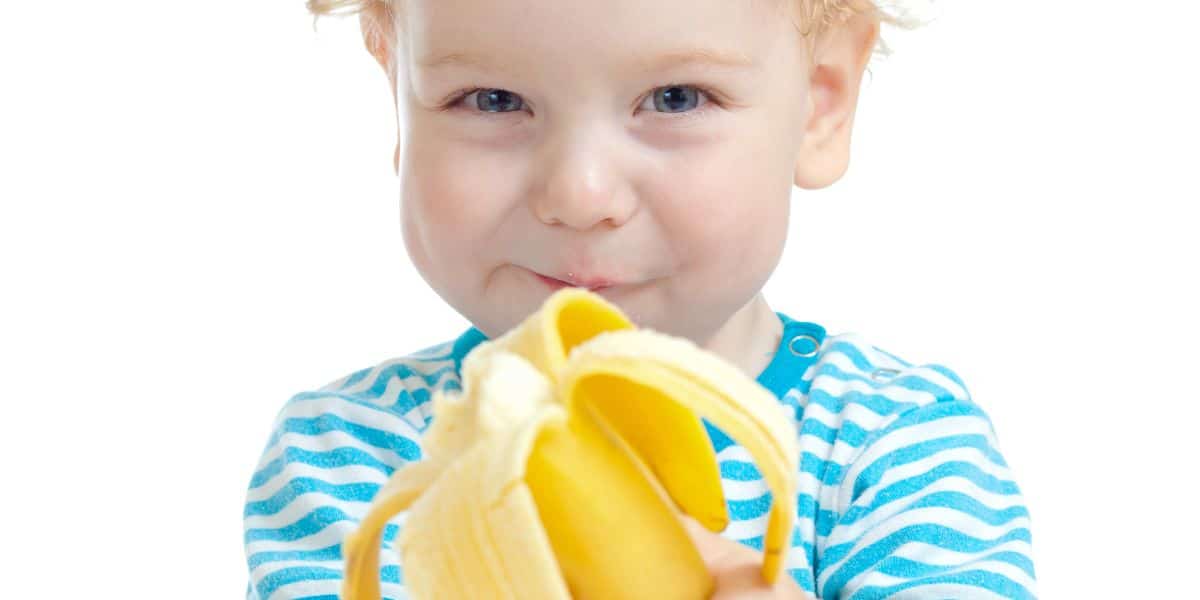
Determining the right time to start baby-led weaning is essential for a successful introduction to solid foods. While there is no fixed age, certain signs indicate that your baby may be ready to embark on their weaning journey.
Look out for age-appropriate signs such as good head and neck control, the development of the pincer grasp, increased hand-eye coordination, and the loss of the tongue-thrust reflex.
When your baby can sit upright with minimal support, manipulate small objects between their fingers, coordinate their hand movements with their vision, and show a diminished tongue-thrust reflex, these are positive indications that they may be ready to explore self-feeding through baby-led weaning.
Before diving into baby-led weaning, it’s crucial to ensure that your baby is physically and developmentally prepared for solid foods. Exclusive breastfeeding or formula feeding is recommended until around six months of age, as breast milk or formula provides all the necessary nutrients for your baby’s growth and development.
Therefore, before introducing solid foods, it is important to ensure that your baby is still receiving adequate nutrition from breast milk or formula. Additionally, observe if your baby shows curiosity about food during family mealtimes.
If they demonstrate an eagerness to grab and taste food, this may be an indication that they are ready to explore solids. Creating a supportive mealtime environment is also vital.
Make sure your baby is well-rested, not overly hungry, and in a positive mood to engage with food. By ensuring these readiness factors, you can lay the foundation for a successful and enjoyable baby-led weaning experience.
Essential Equipment and Safety Precautions
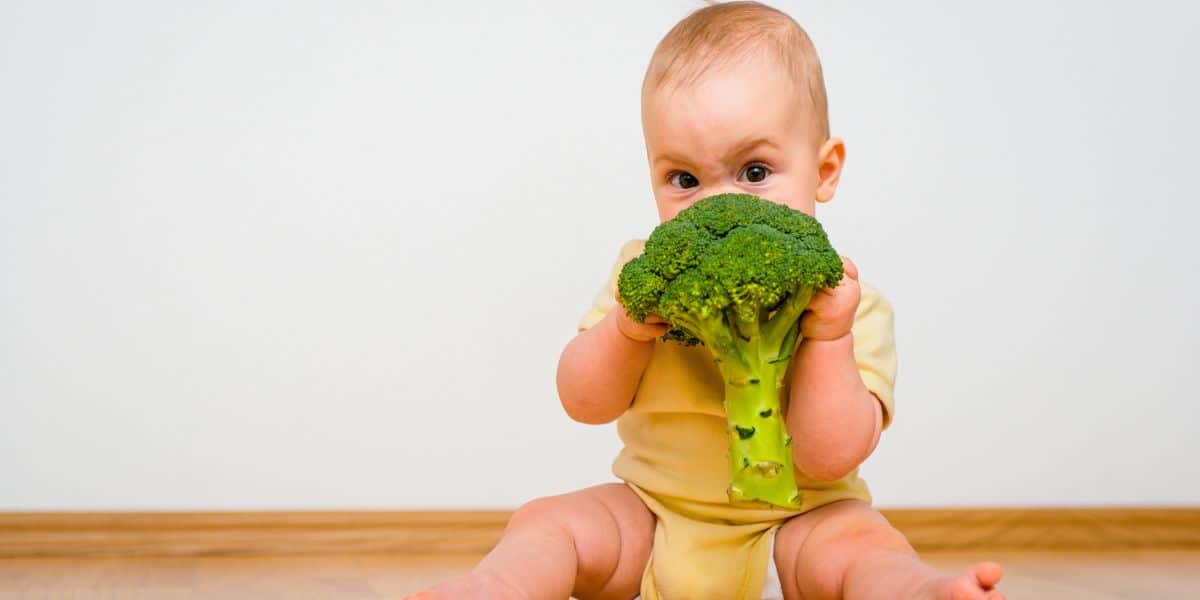
When starting baby-led weaning, it’s important to have the right equipment and take necessary safety precautions to ensure a safe and enjoyable feeding experience. Consider the following:
- High chair or an appropriate feeding seat: Provide a secure and stable seat for your baby during mealtimes. Look for a high chair with a sturdy design and safety harness to keep your baby properly seated.
- Baby-friendly utensils and plates: Opt for utensils and plates designed for little hands and mouths. Look for soft-tipped spoons, shallow bowls, and plates with suction bases to prevent accidental spills.
- Foods suitable for baby-led weaning: Choose age-appropriate finger foods that are easy for your baby to hold and chew. Examples include soft-cooked vegetables, fruits cut into manageable pieces, cooked pasta, and well-cooked meats or poultry shredded into small portions.
- Supervision and choking hazards: Always closely supervise your baby during mealtimes. Be aware of potential choking hazards, such as small, hard, or round foods like whole nuts, popcorn, or grapes. Cut foods into appropriate sizes and monitor your baby’s eating progress.
- [ 100% SILICONE 2 BABY PLATES, 2 TODDLER CUPS, 2 BABY FORKS SPOONS SET ] - we have used BPA Free silicone in our silicone baby plate cup spoons production so flavor and taste isn't affected as well as giving you complete peace of mind. This eating supplies for baby is BPA-, PVC-, and phthalates-free, lightweight, and shatter-resistant. Use a bit of water under suction before using for best results.
- [ DIVIDED SUCTION TODDLER PLATE ] - give your little one more independence at mealtimes with their very own silicone plate featuring 3 divided sections. The non-slip design will ensure the plates cannot be thrown on the floor therefore reducing mess
- [ TRAINING CUP for TODDLER ] - designed to fit baby’s little hands and mouth. Soft silicone protects baby's developing teeth. Transitional learning cup for baby led weaning and independent drinking. An alternative to traditional plastics, disposable or fragile dishware.
The Benefits of Baby-led Weaning

Baby-led weaning allows infants to explore food at their own pace, promoting a positive and enjoyable feeding experience. By actively participating in the self-feeding process, babies develop a sense of autonomy and independence, which can contribute to a healthy relationship with food.
They have the freedom to choose what they eat from a selection of age-appropriate finger foods, thereby cultivating a diverse palate and expanding their food preferences.
Through baby-led weaning, infants have the opportunity to engage with a variety of tastes, textures, and nutrients from the very start of their solid food journey. This exposure to different flavors and textures may contribute to the development of a broad range of food preferences and a willingness to try new foods later in life.
Baby-led weaning also encourages the consumption of whole, unprocessed foods, which can foster a foundation of healthy eating habits and support the long-term well-being of the child.
Introducing a wide range of flavors and textures during baby-led weaning may help reduce the likelihood of developing picky eating habits or food aversions. By offering a variety of foods early on and allowing infants to explore them on their own terms, they develop a sense of familiarity and acceptance towards diverse foods.
Baby-led weaning promotes a positive eating environment, where meals become enjoyable experiences rather than battles of wills, potentially leading to a more adventurous and open attitude towards food in the future.
While baby-led weaning offers numerous benefits, it’s important to address common challenges that parents may encounter during the process. One of the primary concerns parents have with baby-led weaning is the potential risk of choking.
However, it’s crucial to remember that babies have a natural instinct to manage their own food intake and develop chewing skills gradually. By offering appropriate finger foods and closely supervising meal times, parents can mitigate choking risks.
It’s also helpful to learn the difference between gagging and choking, as gagging is a normal part of the learning process and a safety mechanism for babies.
Baby-led weaning can result in messier mealtimes compared to spoon-feeding. However, the messiness is an important aspect of the learning process and the exploration of different textures.
To manage messes, consider using protective bibs, placing a drop cloth or mat under the high chair, or offering smaller portions at a time. Accept that some food waste is inevitable as babies explore and experiment with their food.
- BABY ESSENTIALS MUST HAVES: Few items are more crucial than waterproof smock baby bibs. Made from 100% recycled polyester with a waterproof back coating, these bibs block stains and catch spills with their spill-proof pocket. Machine-washable and quick-drying, they are perfect for baby-led weaning and everyday use. Whether you need baby bibs for eating or long sleeve bibs for weaning, these are a must-have for any parent!
- TRAVEL BUDDY:TRAVEL BUDDY:The must-have baby feeding essentials for on-the-go parents! Our long sleeve waterproof smock bib (fits 6-24 months) is a versatile wipeable bibs with scratch-free closures and 360 degrees puree-proof protection.This bib with sleeves is perfect for plane or car meals, It folds flat in diaper bags,handles baby-led weaning messes and makes a great gender-neutral baby shower gift.Ideal for parents needing baby eating essentials on the go.
- EASY TO USE: Designed for baby-led weaning chaos, our waterproof baby bibs (6-24 months) feature a no-scratch closure that stays put during tugging but is also easy to remove. The 100% recycled polyester fabric wipes clean in seconds. New parents obsessed with baby feeding essentials love how these toddler-proof baby bibs transform messy high chair meals into stress-free bonding time. Perfect for baby bibs or toddler bibs.
Some parents may worry about their baby’s weight gain during the initial stages of baby-led weaning or encounter periods where their baby seems to refuse certain foods. It’s important to remember that each baby is unique, and their growth patterns may vary.
Babies may eat less initially as they are exploring and familiarizing themselves with solids. Continue to offer a variety of nutrient-dense foods, and consult with a healthcare professional if you have significant concerns about weight gain or persistent food refusal.
Introducing Allergenic Foods in Baby-led Weaning
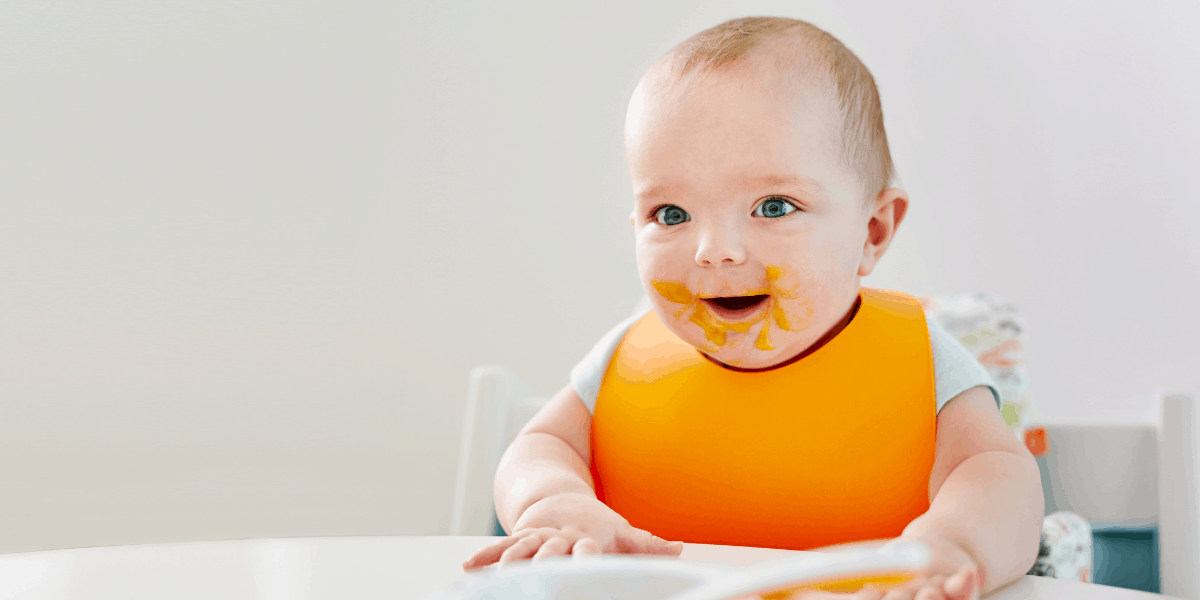
When incorporating allergenic foods into baby-led weaning, it’s important to take precautions to minimize the risk of allergies. Begin by introducing individual allergenic foods one at a time, spaced a few days apart.
Common allergenic foods include eggs, peanuts, tree nuts, fish, shellfish, soy, wheat, and dairy products. Offer a small portion of the allergenic food, watch for any adverse reactions, and gradually increase the quantity over time if there are no signs of allergies.
During baby-led weaning, it’s crucial to carefully observe your baby for any signs of food allergies or intolerances. These signs may include skin rashes, hives, swelling, vomiting, diarrhea, or respiratory issues.
If you notice any concerning symptoms after introducing a new food, discontinue its consumption and consult with a healthcare professional.
Transitioning From Breast Milk or Formula to Solid Foods
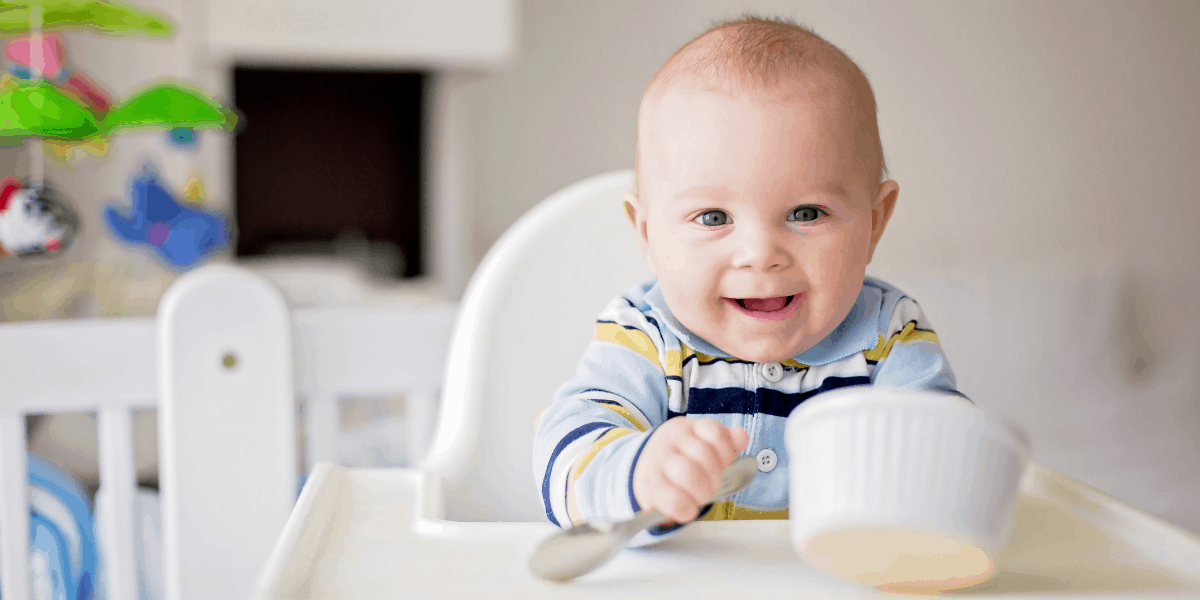
When transitioning from breast milk or formula to solid foods, it’s important to maintain a balance. Breast milk or formula should continue to be the primary source of nutrition during the first year of life.
Gradually introduce solid foods while still offering breast milk or formula on demand. As your baby grows and becomes more accustomed to solids, you can gradually increase the quantity of solid foods and adjust breastfeeding or formula accordingly.
The transition from breast milk or formula to solid foods is a gradual process. Begin with small, soft, and easily manageable finger foods alongside breastfeeding or formula feeds.
As your baby develops their chewing and swallowing skills, gradually introduce a wider variety of foods with different textures and consistencies. Over time, solid foods will become a more substantial part of your baby’s diet.
Recognizing Signs of Readiness to Reduce Breast Milk or Formula
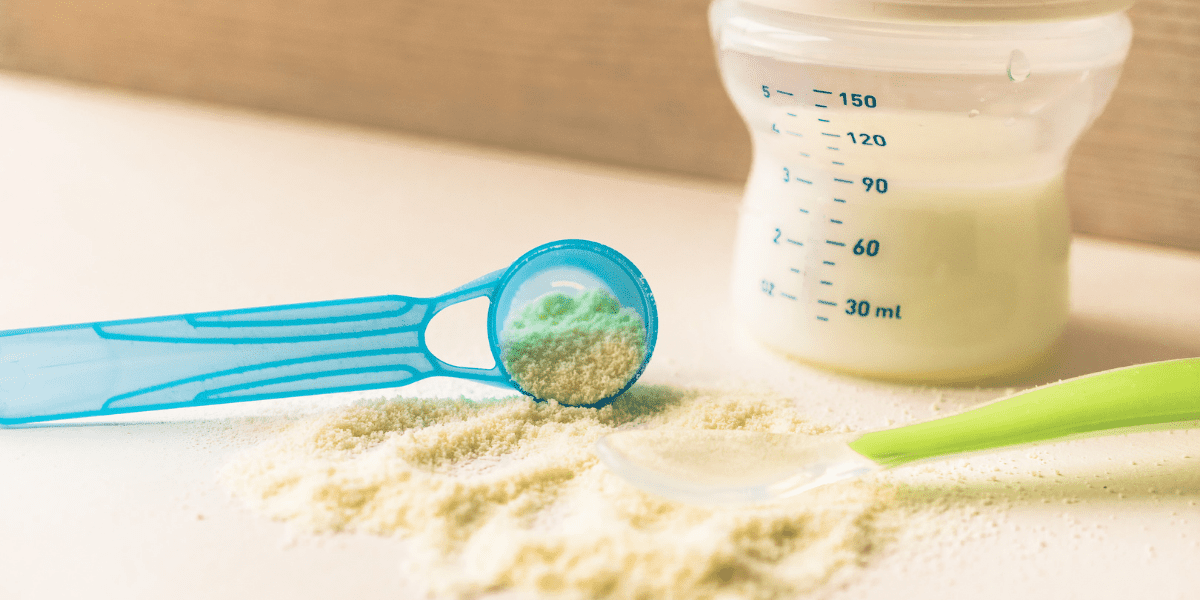
As your baby progresses in their solid food journey, they may naturally show signs of reduced interest in breastfeeding or formula feeds. This can be an indication that they are ready to consume more solid foods.
Look for cues such as increased appetite, willingness to try various foods, and decreased frequency or duration of breastfeeding or formula feeds. However, it’s essential to closely monitor your baby’s growth, development, and overall nutritional needs during this transition period.
Baby-led weaning offers numerous benefits, including encouraging a positive relationship with food, building healthy eating habits and food preferences, and potentially reducing picky eating tendencies.
By safely introducing allergenic foods, monitoring for signs of allergies or intolerances, and seeking professional guidance when needed, parents can navigate potential challenges and ensure a safe and enjoyable baby-led weaning experience.
Transitioning from breast milk or formula to solid foods requires finding a balance between both sources of nutrition, understanding the gradual nature of the transition process, and recognizing signs of readiness to reduce breastfeeding or formula feeds. By following these guidelines, parents can support their baby’s healthy development and foster a positive approach to eating.
With the principles of baby-led weaning in mind, I encourage parents to explore this approach with confidence. Embrace the journey of nurturing your baby’s independence and fostering healthy eating habits.
Remember, every baby is unique, so adapt the process to suit your little one’s needs and consult with healthcare professionals when necessary. By empowering babies to explore and enjoy food in a self-directed manner, we can lay a foundation for a lifetime of healthy eating habits and independence.



